Introduction
White tea, renowned for its delicate flavor, subtle aroma, and minimal processing, has captivated tea enthusiasts for centuries. Originating from China’s Fujian Province, this exquisite beverage is crafted from the young leaves and buds of the Camellia sinensis plant, often adorned with silvery fuzz, which gives it its name. Unlike black or green tea, white tea undergoes minimal oxidation, preserving its natural antioxidants and light, floral notes. However, achieving the perfect cup of white tea requires precision, patience, and an understanding of its unique characteristics. This article delves into the history, varieties, and step-by-step brewing techniques to help you master the art of white tea infusion.
A Brief History of White Tea
The origins of white tea date back to the Tang Dynasty (618–907 CE), though it gained prominence during the Song Dynasty (960–1279 CE) when imperial courts prized it for its rarity and purity. Traditionally, white tea was reserved for emperors and nobility, symbolizing refinement and elegance. The term “white tea” emerged due to the silvery-white hairs on the unopened buds, which remain visible even after drying. Over centuries, production techniques evolved, with modern methods emphasizing hand-picking and sun-drying to retain the tea’s delicate profile. Today, white tea is celebrated globally, with varieties like Silver Needle (Bai Hao Yin Zhen) and White Peony (Bai Mu Dan) leading the market.

Types of White Tea
-
Silver Needle (Bai Hao Yin Zhen):
The most prized variety, Silver Needle, is composed solely of unopened buds covered in fine white hairs. Its brew yields a pale golden hue with a sweet, mild flavor and hints of cucumber or melon. -
White Peony (Bai Mu Dan):
A blend of buds and young leaves, White Peony offers a fuller body and floral aroma. Its taste is slightly robust compared to Silver Needle, with notes of honey and hay. -
Shou Mei:
Produced from mature leaves and stems, Shou Mei has a darker appearance and a bolder, earthier flavor profile. It is often more affordable and ideal for everyday brewing. -
Tribute Eyebrow (Gong Mei):
Similar to Shou Mei but slightly higher in grade, Tribute Eyebrow features a balance of sweetness and complexity, making it a versatile choice for multiple infusions.
Factors Influencing Brewing
To unlock white tea’s full potential, consider these critical elements:
-
Water Temperature:
White tea’s tender leaves demand lower temperatures (70–85°C or 158–185°F) to prevent bitterness. Boiling water (100°C) scorches the leaves, destroying subtle flavors.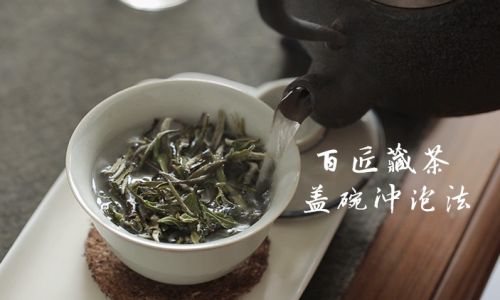
-
Tea-to-Water Ratio:
A general guideline is 1.5–2 grams of tea per 100 ml of water. Adjust based on personal preference—use more leaves for a stronger brew or fewer for a lighter taste. -
Steeping Time:
Initial infusions should last 2–3 minutes, with subsequent steeps increasing by 30 seconds to 1 minute. Oversteeping may result in astringency. -
Water Quality:
Use filtered or spring water free from chlorine or impurities. Avoid distilled water, as it lacks minerals essential for flavor development.
Brewing Methods: Step-by-Step Guide
Western-Style Brewing (For Everyday Enjoyment)
- Equipment: Teapot, infuser, or mug with a strainer.
- Steps:
a. Preheat the vessel by rinsing it with hot water.
b. Measure 2–3 grams of white tea (1 teaspoon) per 200 ml cup.
c. Heat water to 75–80°C (167–176°F). If using an electric kettle, allow boiling water to cool for 2–3 minutes.
d. Pour the water over the tea leaves and steep for 3–5 minutes.
e. Strain and serve. Re-steep leaves 2–3 times, adding 1–2 minutes to each subsequent infusion.
Gongfu Cha (Traditional Chinese Method)
- Equipment: Gaiwan (lidded bowl), fairness cup, and small tasting cups.
- Steps:
a. Warm the gaiwan and fairness cup with hot water.
b. Use 5 grams of tea per 150 ml of water (higher ratio for concentrated flavor).
c. Rinse the leaves briefly with 80°C water to awaken them, then discard the liquid.
d. Pour fresh hot water and steep for 15–30 seconds for the first infusion.
e. Decant into the fairness cup to ensure even strength, then pour into tasting cups.
f. Increase steeping time by 5–10 seconds per subsequent infusion. Gongfu brewing highlights the tea’s evolving layers, often yielding 5–7 infusions.
Cold Brewing (For a Refreshing Twist)
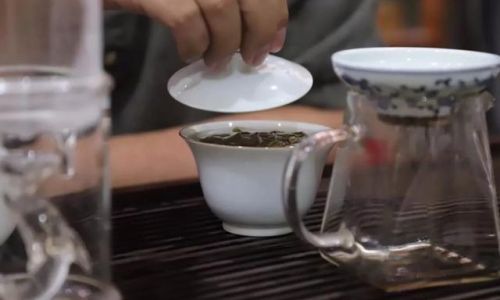
- Steps:
a. Place 10 grams of white tea in a 1-liter pitcher.
b. Add 1 liter of cold, filtered water.
c. Refrigerate for 4–6 hours (or overnight).
d. Strain and serve over ice, garnished with mint or lemon slices.
Common Mistakes to Avoid
- Using Boiling Water: Scalding the leaves ruins their delicate taste.
- Overcrowding the Pot: Too many leaves restrict expansion, leading to bitterness.
- Ignoring Water Quality: Chlorinated tap water masks the tea’s natural flavors.
- Neglecting Steep Times: Inconsistent timing disrupts balance between sweetness and astringency.
Enhancing Your Brewing Experience
- Preheat Vessels: Warming teaware maintains water temperature during steeping.
- Use a Timer: Prevents guesswork and ensures consistency.
- Experiment with Ratios: Adjust leaf quantity to suit taste preferences.
- Store Properly: Keep white tea in airtight containers away from light and moisture to preserve freshness.
Health Benefits of White Tea
Beyond its culinary appeal, white tea offers a wealth of health advantages:
- Rich in Antioxidants: Polyphenols like catechins combat free radicals, reducing inflammation and supporting cellular health.
- Boosts Immunity: Flavonoids and vitamins (C and K) strengthen the body’s defense mechanisms.
- Promotes Skin Health: Anti-aging properties may reduce wrinkles and protect against UV damage.
- Hydration and Calm: With lower caffeine than coffee, it provides a gentle energy boost without jitters.
Pairing Suggestions
White tea’s subtlety complements light dishes such as:
- Fresh fruit salads (peach, mango, or berries)
- Steamed seafood (shrimp or scallops)
- Almond or coconut-based desserts
- Mild cheeses like chèvre or brie
Conclusion
Brewing white tea is an alchemy of science and artistry. By respecting its fragility and embracing experimentation, you can unlock a spectrum of flavors—from crisp vegetal notes to honeyed sweetness. Whether you prefer the simplicity of Western brewing or the ritualistic precision of Gongfu Cha, the key lies in balance: the right water, the perfect temperature, and a mindful approach. As you sip your infusion, savor not just the tea, but the centuries of tradition that have perfected this elixir. Let each cup be a meditation, a moment of tranquility in a hectic world.
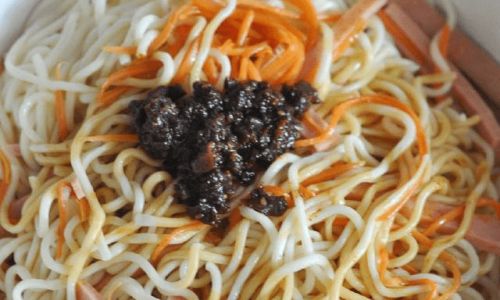
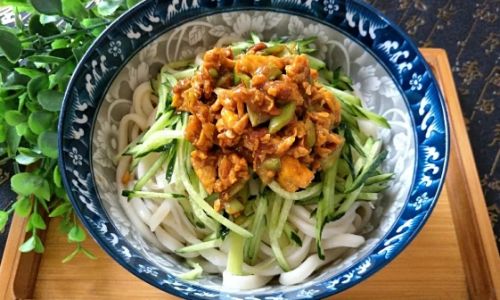
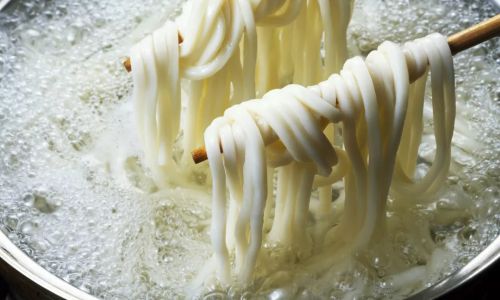
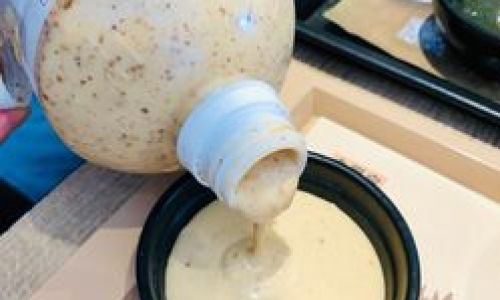

0 comments